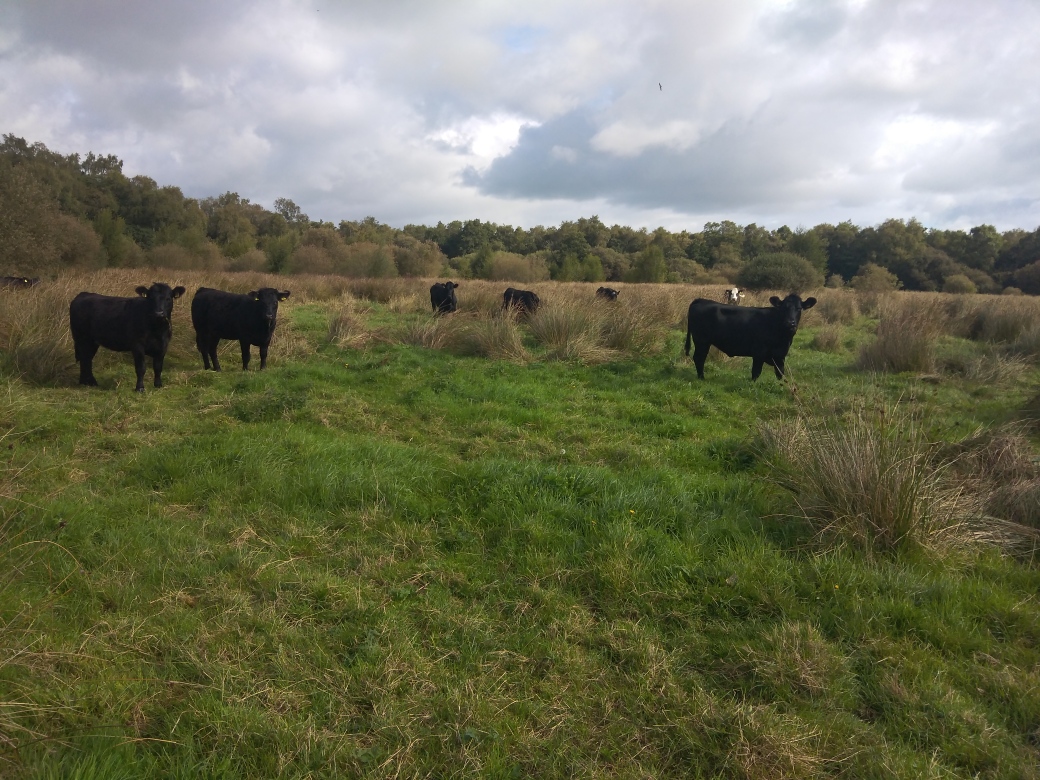2025 started with a bang at Killycolpy with the arrival of Storm Eowyn. Several well-established trees had been felled along the perimeter fence line and access paths, caused by the storm, requiring several visits from the Lough Neagh Partnership Ranger team to clear fallen trees and repair damaged stockproof fencing.
In February, scrub clearance was carried out to push back the encroaching tree line on the grass pastures. This vital work is essential to restoring Killycolpy to a favourable condition for purple moor grass habitat and encouraging the return of wading birds to the site.
By April, the third year of the CES (Constant Effort Sites) bird monitoring project was underway, involving twelve sessions. On a typical morning, Rangers and volunteers arrived on site at 5:30 am to erect mist nets across the reedbed and wet scrub habitat. Small birds travelling through the site were caught, fitted with a unique identifying ring, and measured for biometrics before being released.
This information was uploaded to the British Trust for Ornithology (BTO) database, contributing to vital national data on bird population trends, migration routes, and survival rates. The team successfully completed all twelve sessions, processing 329 birds with over 42 volunteer hours contributed. The most abundant species recorded was the Sedge Warbler (89 individuals), while other notable catches included a Grasshopper Warbler and a Treecreeper.
Working alongside a local farmer, the Ranger team also arranged for the return of a small herd of Aberdeen Angus cattle to graze the site for a second year. These grazers made a significant impact during their first season, reducing the overgrown vegetation of willowherb, soft rush, bindweed, and common grasses. This has helped open up the site, creating a mosaic of tall and short vegetation that appeals to wading bird species.
Commenting on the project, Peter Kearns, Lough Neagh Ranger, said:
“We are very excited to see what this new grazing regime will do. Cattle grazing could unlock the native seedbank and see the emergence of rare, native flora. It will be really interesting to see how the site develops over time.”


